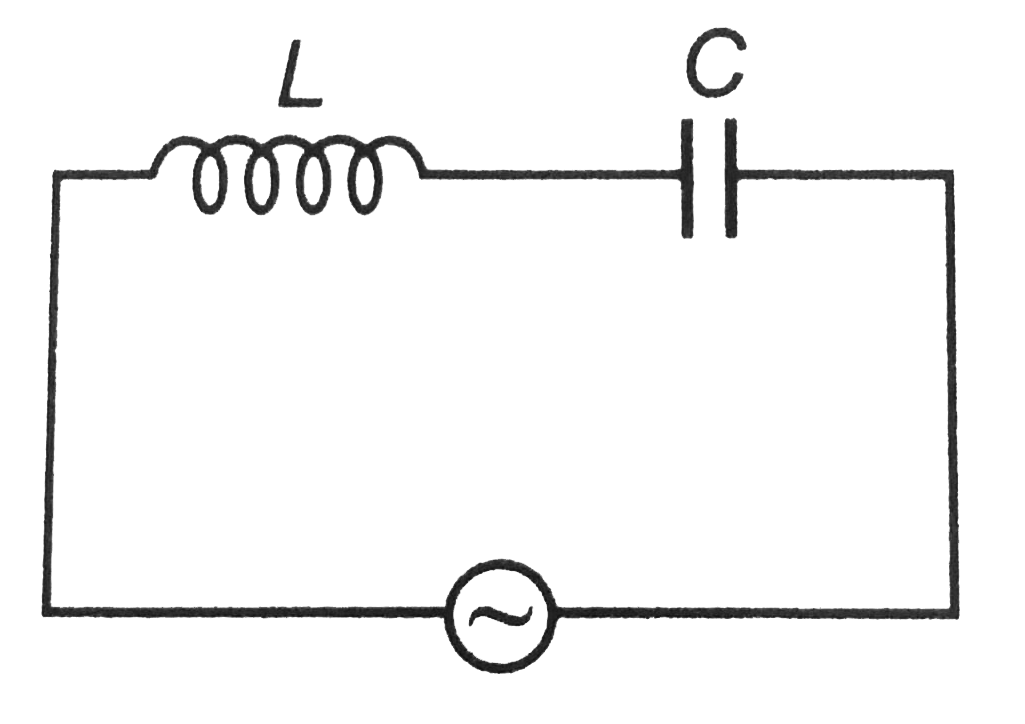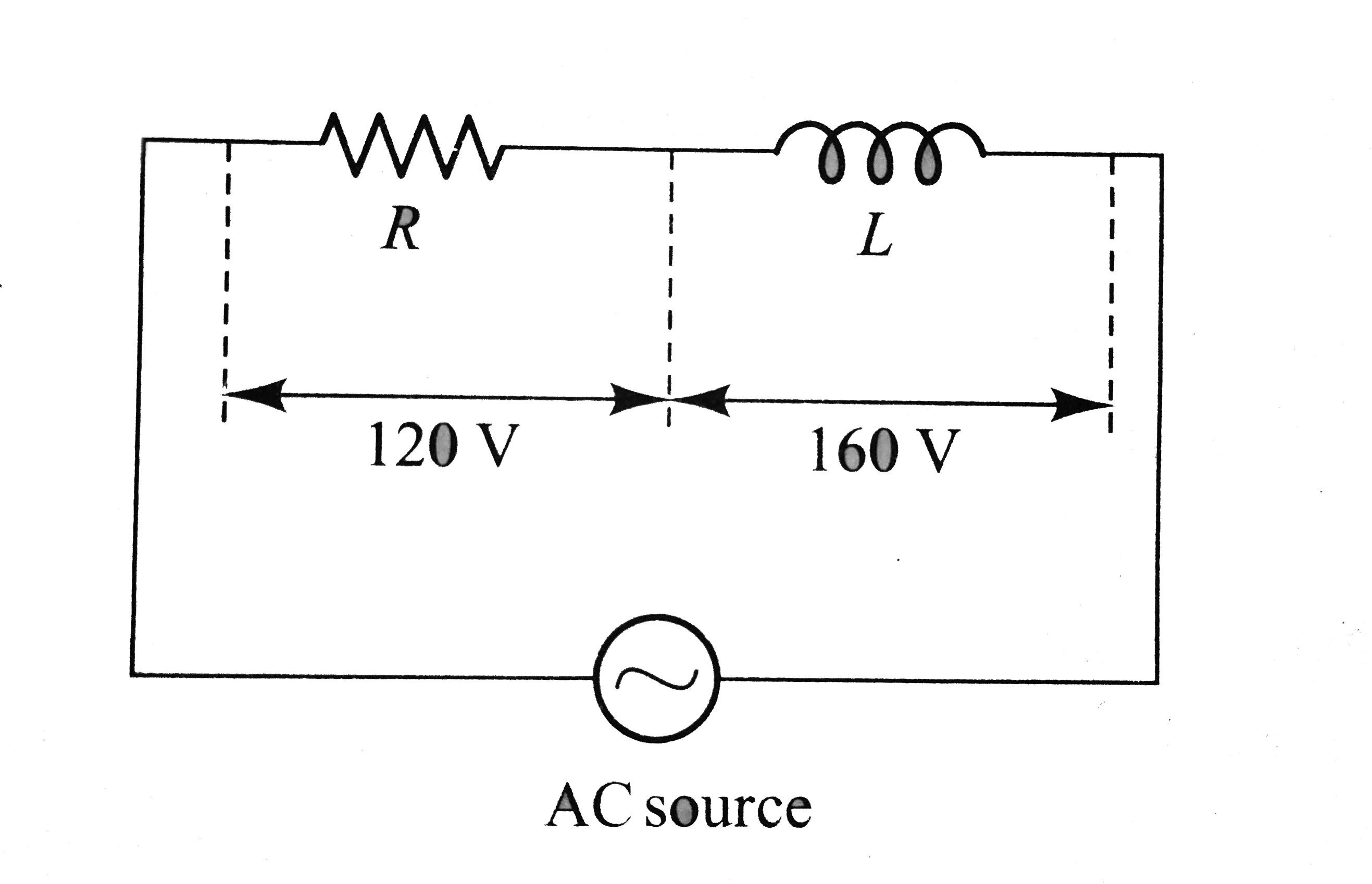Fig. illustrates a potentiometric circuit by means of which we can very a voltage V applied to a certain device possessing a resistance R. The potentiometer has a length l and a resistance R0 and voltage V0 is applied to its terminals. Find the voltage V fed to the device as a funciton of distanace x. Analyse separately the case R>>R0.

Step by step video & image solution for Fig. illustrates a potentiometric circuit by means of which we can very a voltage V applied to a certain device possessing a resistance R. The potentiometer has a length l and a resistance R_(0) and voltage V_(0) is applied to its terminals. Find the voltage V fed to the device as a funciton of distanace x. Analyse separately the case R gt gt R_(0). by Physics experts to help you in doubts & scoring excellent marks in Class 12 exams.
Topper's Solved these Questions
Similar Questions
A potentiometer consisting of a uniform wire of length l and resistance R0 is connected to a steady voltage source of V0 find the voltage V supplied by it to a fixed load R as the funciton of the distance x of sliding contact from the higher potential end Analyse the case when RgtgtR0
View SolutionA resistance of R draw current from a potentiometer. The potentiometer wire, AB, has total resistance of R0. A voltage V is supplied to the potentiometer. Derive an expression for the voltage across R when the sliding contact is in the middle of potentiometer wire.
 View Solution
View Solution
Knowledge Check
- Question 1 - Select One or More
A step voltage V0 is applied to a series combination of R and C as shown Fig. Then
 Aafter sufficienty long time VR=0Bas time passes, VR decreases as (1/t)Cafter 1ms,VC=6.3 volt (approximately)Dinitially, current through R is 10mA.
Aafter sufficienty long time VR=0Bas time passes, VR decreases as (1/t)Cafter 1ms,VC=6.3 volt (approximately)Dinitially, current through R is 10mA. - Question 2 - Select One
In a series L−C circuit, the applied voltage is V0. if omega is very low, then the voltage drop across the inductor VL and capacitor VC are
 .AVL=V02,VC=V02BVL=0,VC=V0CVL=V0,VC=0DVL=−VC=V02
.AVL=V02,VC=V02BVL=0,VC=V0CVL=V0,VC=0DVL=−VC=V02 - Question 3 - Select One
When a voltage V=V0 cos ωt is applied across a resistor of resistance R, the average power dissipated per cycle in the resistor is given by
AV0√2RBV0√2ωRCV202RDV202ωR
A resistance of RΩ draws current from a potentiometer as shown in Fig. The potentiometer has a total resistance R0Ω. A voltage Vis supplied to the potentiometer. Derive an expression for the voltage across R when the sliding contact is in the middle of the potentiometer.
 View Solution
View SolutionA circuit consisting of a capacitor with capacitance C and a resistance R connected in series was connected at the moment t=0 to a source of ac voltage V=Vmcosωt . Find the current in the circuit as a function of time t.
View SolutionIn a series resonant circuit, the ac voltage across resistance R, inductance L and capacitance C are VR=4V,VL=10V and VC=7V respectively. Find the voltage applied to the circuit.
View SolutionIn a series resonant circuit, the ac voltage across resistance R, inductance L and capacitance C are VR=4V,VL=10V and VC=7V respectively. Find the voltage applied to the circuit.
View SolutionThe circuit given in fig. has a resistanceless choke coil L and a resistance R. The voltage across R and L are also given in the figure. The virtual value of the applied voltage is
 View Solution
View Solution
